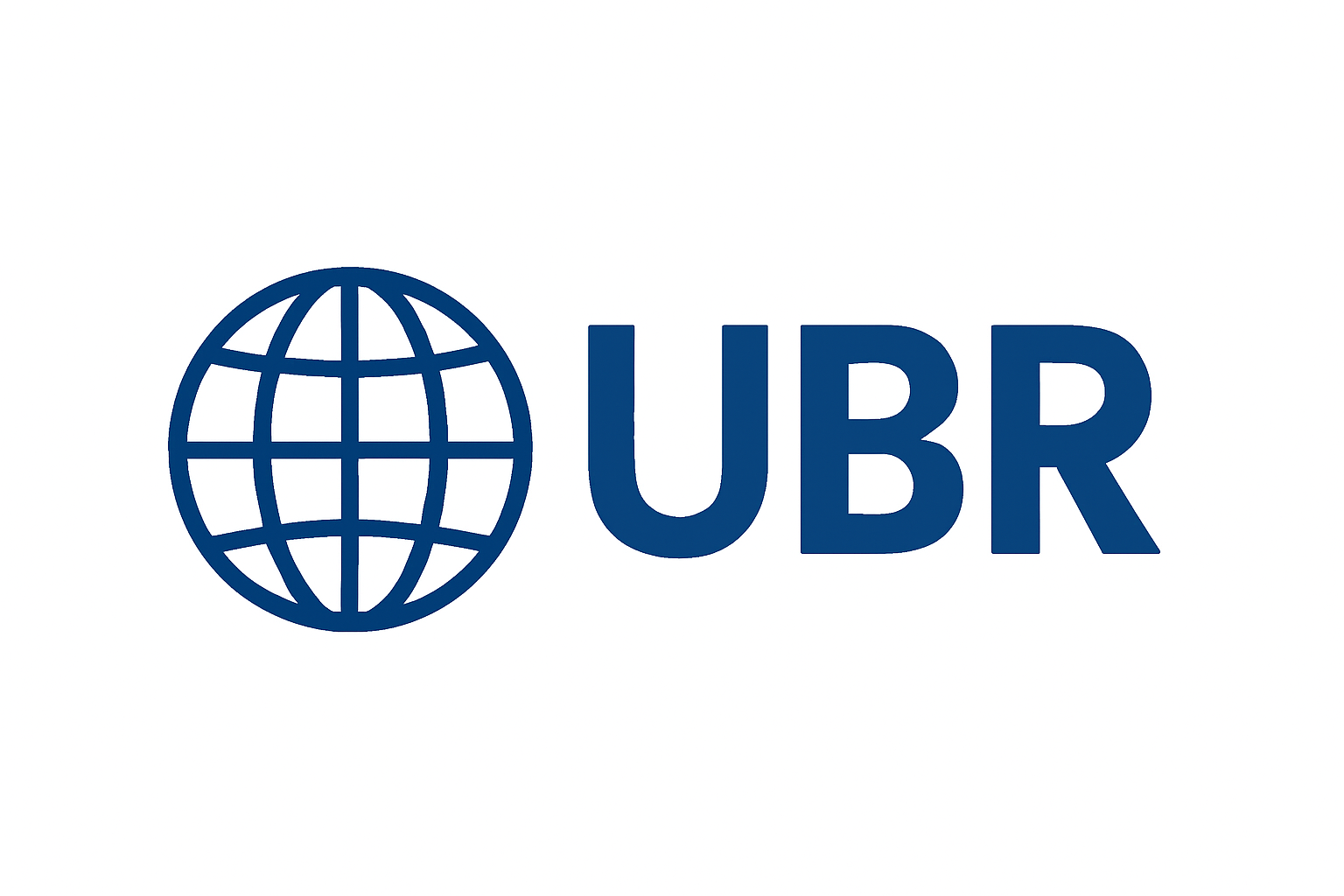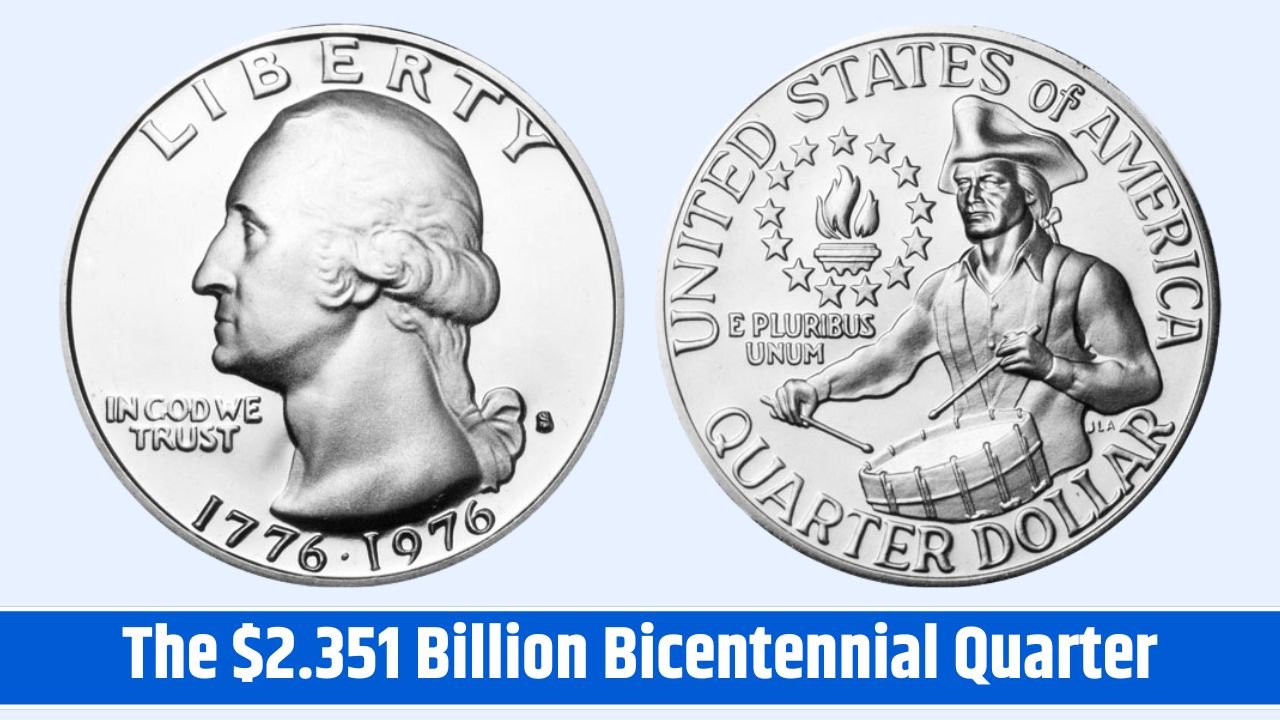In a story that could pass for satire, the Bicentennial quarter has taken center stage in a viral whirlwind—allegedly valued at a staggering $2.351 billion. Yes, billion with a “B.” The claim, as implausible as it sounds, has flooded social media, leaving many Americans scrambling through coin jars and change drawers hoping for a jackpot. But what’s the real story behind this billion-dollar buzz?
Let’s separate numismatic fact from internet fiction.
The Bicentennial Quarter That Captivated the Internet
Issued in 1975 and 1976, the Bicentennial quarter was part of a special celebration of America’s 200th anniversary. Featuring a colonial drummer boy on the reverse and the dual date “1776–1976,” it was a patriotic deviation from the usual Washington quarter design.
The U.S. Mint produced over 1.6 billion of these quarters across three locations—Philadelphia, Denver, and San Francisco—making them far from rare in general circulation. For decades, they’ve been passed along as common currency… until recent headlines suggested one could be worth more than the GDP of some small nations.
So Where Did the $2.351 Billion Claim Come From?
According to coin experts and online watchdogs, the outrageous valuation likely originated from:
- Typographical errors in online listings
- Satirical or fake auction posts
- Clickbait headlines designed for viral reach
- Misinterpreted screenshots from eBay or collector forums
Some of these sources featured exaggerated pricing “for fun,” while others may have been misunderstood by casual readers. Regardless, the figure snowballed into a full-blown urban legend, with memes and headlines spreading across social platforms like wildfire.
What’s the Actual Value of a Bicentennial Quarter?
Let’s bring it back to reality. While no Bicentennial quarter has sold for anything remotely close to a billion, some are genuinely worth more than face value, especially if they fall into one of these categories:
| Type of Bicentennial Quarter | Estimated Value |
|---|---|
| Common circulation quarter (worn) | $0.25 |
| Uncirculated (MS-65 to MS-67) | $5–$30 |
| Proof version (silver-clad) | $5–$20 |
| Error coins (double die, off-center, etc.) | $100–$3,000+ |
| Rare mint errors or wrong planchet strikes | Up to $5,000–$10,000 |
These values are determined by the coin’s condition (graded by services like PCGS or NGC), metal content (silver vs. copper-nickel), and rarity of the error (e.g., struck on a foreign coin blank).
Why the Story Still Matters
Even if the $2.351 billion story is pure fiction, it’s shed light on an exciting truth: there are valuable coins in circulation. More importantly, it has reignited interest in coin collecting, a hobby that blends history, economics, and a bit of treasure hunting.
Social media often blurs the line between reality and fantasy. But if it gets people curious about numismatics and examining their change with a sharper eye, that’s a silver lining.
The idea of a Bicentennial quarter worth $2.351 billion may be a myth, but not all valuable coins are. The real takeaways?
- Don’t believe every viral headline
- Check your change for errors or unusual details
- Get professional grading before making assumptions
If you’re lucky, you might find a coin worth a few hundred or even a few thousand dollars. And that’s nothing to scoff at—especially if it was hiding in plain sight.
Just don’t expect to retire off your drummer boy quarter… unless it’s made of solid gold and struck by a minting miracle.
FAQs
Is there any truth to the $2.351 billion valuation?
No. There’s no record of any Bicentennial quarter ever being valued or sold for that amount. It’s likely a hoax or typo gone viral.
Are any Bicentennial quarters valuable?
Yes. Some are worth more than face value—particularly silver-clad proof versions and error coins in mint condition.







